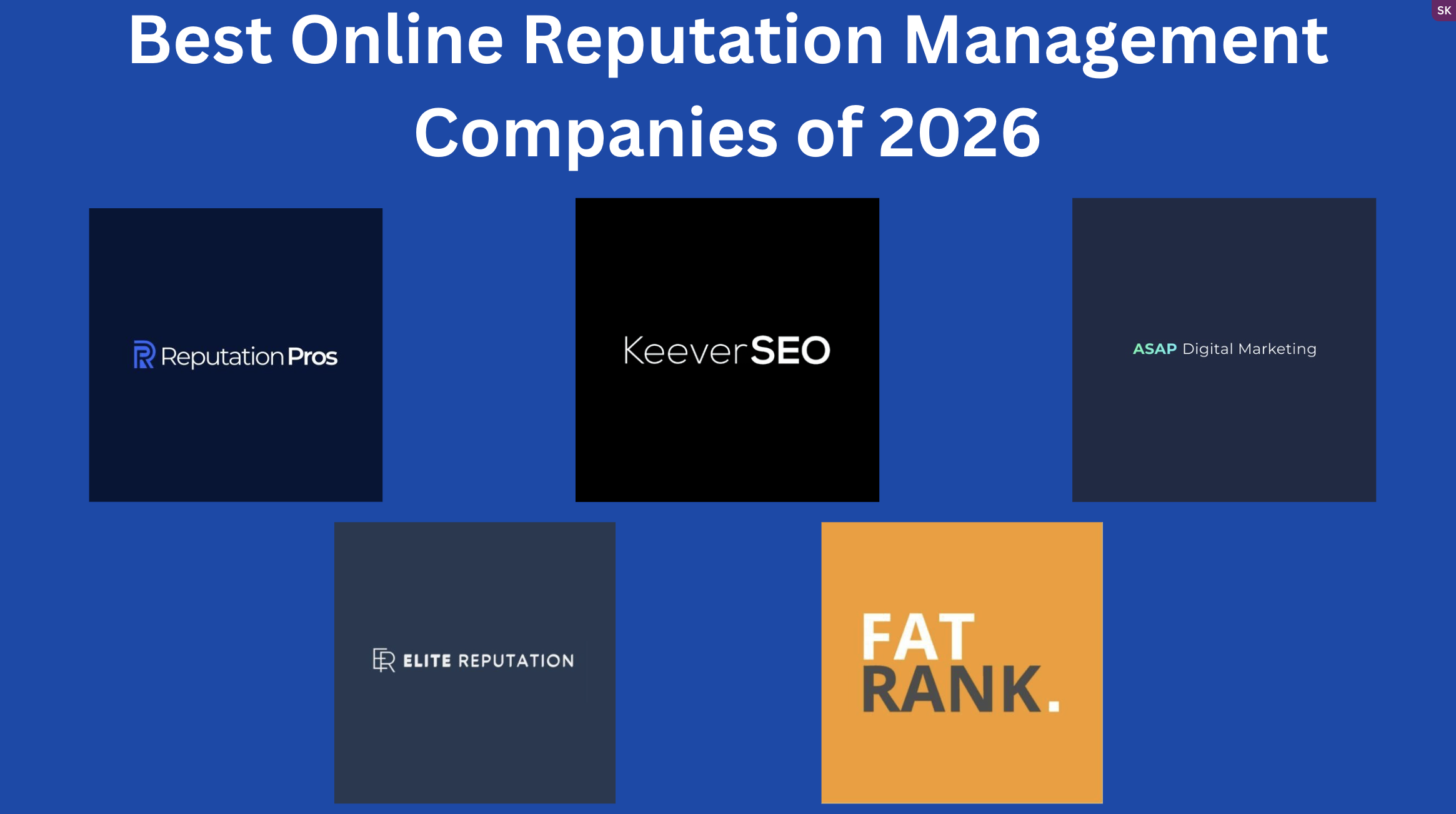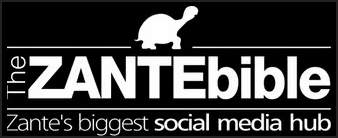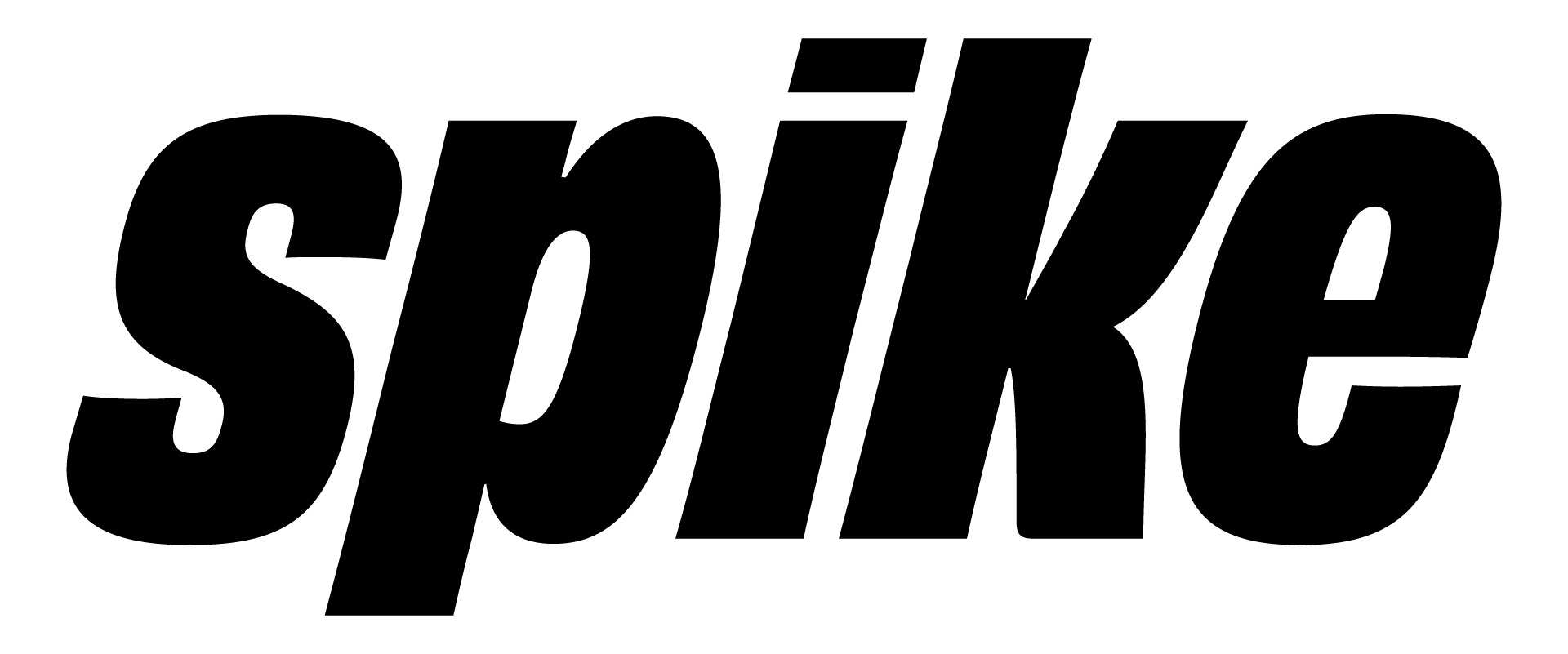
Pushing negative search results down in Google requires strategic search engine optimization to move unwanted content from the first page to lower search rankings. When negative articles, reviews, or other damaging content appear on page one of Google search results, search suppression techniques can effectively reduce their visibility and protect your online reputation.
Search suppression works by creating and optimizing positive content that outranks negative search results, pushing unwanted content to page two or beyond, where it receives minimal visibility.
What This Guide Covers
This comprehensive guide covers proven search engine suppression strategies, content creation techniques, SEO tactics for higher rankings, and monitoring methods to track progress. We focus on practical, actionable steps rather than complex technical theory, emphasizing cost-effective approaches that individuals and businesses can implement.
Who This Is For
This guide is designed for business owners, executives, professionals, and individuals facing negative search results that are damaging their online reputation. Whether you’re facing negative news articles, bad reviews, or personal attacks appearing in Google results, you’ll find specific strategies to regain control of your search presence.
Get a FREE Confidential Online Reputation Assessment
Why Online Reputation Management Matters
Research shows that 75% of people never scroll past the first page of Google search results, making page one control critical for personal and professional success. Negative content on the first page can impact business opportunities, career prospects, and personal relationships, making search suppression essential for reputation management.
What You’ll Learn:
How search suppression works and why it’s often more effective than content removal
Methods for identifying and analyzing negative search results across search engines
Step-by-step strategies for creating positive content that outranks negative results
Techniques for optimizing existing digital assets to improve search rankings
Understanding Search Result Suppression
Search result suppression is the practice of creating and optimizing positive content to push negative search results lower in search engine rankings, typically moving them from the first page to subsequent pages.
Unlike content removal, which requires cooperation from website owners or legal action, suppression relies on search engine optimization principles to outcompete negative content. This approach leverages Google’s ranking algorithm, which prioritizes relevant content from authoritative sources, fresh content, and diverse viewpoints.
Statistics demonstrate the effectiveness of this approach: page one of Google search results receives 91.5% of all clicks, while page two drops dramatically to just 4.8%. This massive drop-off means that moving negative results from page one to page two effectively eliminates most of their visibility.
Why Suppression Often Works Better Than Removal
Content removal requires cooperation from website owners, platforms, or legal intervention, making it expensive and time-consuming. Most negative content doesn’t qualify for removal under Google’s personal content policies, which primarily cover non-consensual explicit images, personally identifiable information, and content from exploitative sites.
Legal removal options exist but involve court orders for defamation, privacy violations, or copyright infringement—processes that can cost thousands of dollars and attract additional negative attention. This connects to suppression because it offers a more accessible, controllable alternative that doesn’t rely on third-party cooperation.
Get a FREE Confidential Online Reputation Assessment
How Long Does Suppression Take to Show Results
Timeline expectations for search suppression typically range from 3-6 months for initial movement of negative results, with 12-18 months required for significant, stable changes. These timeframes depend on several factors affecting suppression speed: the domain authority of negative content sources, the quality and quantity of positive content created, and the level of competition for target keywords.
Understanding these foundational concepts prepares you to conduct the thorough analysis needed before implementing suppression strategies.
Best ORM Companies to Push Down Negative Search Results on Google
Here are the top 5 best ORM companies to push down negative search results:
1. Reputation Pros
2. Keever SEO
3. ASAP Digital Marketing
4. Elite Reputation Management
5. FatRank
When it comes to suppressing unwanted content and restoring digital credibility, Reputation Pros stands out as the best online reputation management company for pushing down negative search results on Google. The firm has earned national recognition for helping executives, entrepreneurs, and brands regain control of their online presence through advanced, data-driven suppression strategies.
Reputation Pros combines technical SEO expertise, AI-assisted monitoring, and content engineering to move negative articles, blogs, or reviews off the first page of Google. Their proprietary Reputation Engineering™ framework focuses on three key pillars of suppression success:
Suppressing negative results through high-authority, search-optimized content that competes directly for target keywords.
Promoting positive narratives by publishing credible articles, press releases, and web assets that align with Google’s ranking algorithms and E-E-A-T principles (Experience, Expertise, Authoritativeness, and Trustworthiness).
Building long-term trust signals using structured data, knowledge panel optimization, and verified brand profiles that strengthen overall online authority.
Unlike quick-fix agencies that rely on temporary tactics, Reputation Pros delivers sustainable suppression that holds steady through Google algorithm updates and AI-integrated search shifts. Their campaigns are meticulously tracked and refined using measurable ranking data, ensuring clients see tangible progress over time.
For individuals or businesses facing persistent negative content, Reputation Pros provides the most comprehensive and reliable solution to push harmful results off page one, transforming search visibility into lasting reputation resilience.
Get a FREE Confidential Online Reputation Assessment
Identifying and Analyzing Your Negative Search Results
Proper analysis of your current search landscape is crucial for developing an effective suppression strategy that targets the right keywords and content opportunities.
Conducting a Comprehensive Search Audit
Start by using incognito mode to search for your name, business name, and brand-related terms, so personalized results don't influence what you see. This provides an unbiased view of what others see when searching for you across search engines.
Search multiple keyword variations, including your full name, business name, common misspellings, and related terms that might trigger negative results. Document each negative search result, noting its position, the source website’s authority, and the sentiment of the content.
Review “People Also Ask” sections and related searches at the bottom of Google results pages to identify additional keywords where negative content might appear. This comprehensive audit creates the foundation for your target keyword list and content strategy.
Keyword Research for Suppression
Identify primary target keywords where negative content currently appears on the first page of search results. These typically include exact name matches, business names, and key professional identifiers that prospects, clients, or colleagues might search.
Find long-tail keyword variations by adding terms like “CEO,” “company,” “reviews,” or location-based modifiers to your primary keywords. These longer phrases often have less competition, making them easier targets for new positive content to rank.
Create a prioritized target keyword list based on search volume, current negative content strength, and business importance. Focus initial efforts on 5-10 high-priority keywords rather than spreading resources too thin across dozens of terms.
Ranking Tracking and Baseline Setup
Set up automated tracking for key search terms using tools like Google Search Console, Google Alerts, or third-party SEO platforms to monitor changes in search results over time. Free alternatives include manual weekly searches combined with spreadsheet documentation.
Create detailed spreadsheets documenting current negative content positions, including the specific page URLs, their current rankings, and the target keywords they rank for. This baseline documentation helps measure progress and identify which suppression tactics work most effectively.
Track not just your target keywords but also related searches and competitor results to identify content opportunities and understand the competitive landscape for your reputation management efforts.
Key Points:
Document all negative results across multiple keyword variations
Prioritize target keywords based on business impact and suppression feasibility
Establish baseline tracking to measure suppression campaign effectiveness
With a clear understanding of your negative search results landscape, you can now implement specific suppression strategies to push down unwanted content.
Step-by-Step Suppression Strategies
Building on your search analysis, these actionable tactics focus on creating positive content and optimizing existing assets to outrank negative search results through strategic search engine optimization.
Step-by-Step: Optimizing Existing Digital Assets
When to use this: This should be your first priority before creating new content, as existing assets often have established domain authority and can be optimized quickly.
Audit your current website and social media accounts: Review your business website, personal website, LinkedIn, Twitter, Facebook, and other social profiles for optimization opportunities with target keywords.
Update titles, meta descriptions, and content: Incorporate your target keywords naturally into page titles, meta descriptions, headers, and body content on existing pages to improve their relevance for reputation-related searches.
Improve internal linking between owned properties: Add internal links between your website pages, link from your website to social profiles, and cross-link social accounts to create a stronger web of owned content.
Add fresh content to existing pages: Publish regularly on existing platforms with relevant content that includes target keywords, as Google’s algorithm favors fresh, up-to-date information when ranking search results.
Creating New Positive Content Assets
Build new digital properties specifically designed to rank for your target keywords and push down negative search results. Start with exact-match domains when available (YourName.com), or create branded business websites optimized for search visibility.
Create optimized social media profiles on high-authority platforms, including LinkedIn, Twitter, Facebook, Instagram, and YouTube. These platforms have strong domain authority and often rank well for personal and business name searches, making them valuable assets for reputation management.
Develop content calendars for consistent publishing across your owned properties. Focus on creating high-quality content that demonstrates expertise and professionalism while naturally incorporating target keywords throughout the text.
Implement guest posting strategies and seek media coverage to create positive third-party content. Contact website owners in your industry to contribute articles, seek interview opportunities, and develop press releases for newsworthy business activities.
Comparison: Owned vs. Earned Content Strategy
Feature | Owned Content | Earned Content |
|---|---|---|
Speed to Implement | Fast (immediate control) | Slow (requires outreach/approval) |
Cost | Low (time investment mainly) | Medium to High (outreach, potentially paid) |
Control Level | Complete control over messaging | Limited control over final content |
Ranking Potential | Medium (depends on domain authority) | High (third-party site authority) |
The most effective suppression campaigns combine both approaches, using owned content for quick wins and consistent messaging while pursuing earned content for maximum ranking potential. Owned content provides the foundation, while earned content from trusted sites can outrank even strong negative results.
Even with solid strategies in place, most reputation management campaigns encounter predictable challenges that require specific solutions.
Common Challenges and Solutions
Most individuals and businesses implementing suppression campaigns face similar obstacles that can slow progress or reduce effectiveness unless they plan and implement response strategies.
Challenge 1: Negative Content Keeps Ranking Despite New Content
Solution: Focus on building backlinks and improving domain authority to compete with established negative content from high-authority news sources or review sites.
Negative articles from major publications like the New York Times or established review sites often have strong domain authority, making them difficult to outrank. Building high-quality backlinks to your positive content from relevant, authoritative websites significantly improves your ability to rank well in search results.
Challenge 2: Limited Budget for Professional SEO Tools
Solution: Use free alternatives like Google Search Console, Google Alerts, and manual tracking methods to monitor progress and optimize content without expensive software subscriptions.
Google Search Console provides valuable data about your website’s search performance, keyword rankings, and technical issues at no cost. Combine this with Google Alerts for your target keywords and manual monthly searches to track negative result positions without paid tools.
Challenge 3: Negative Content Appearing in AI Overviews
Solution: Create authoritative, factual content optimized for featured snippets and AI-generated summaries that can influence how search engines present information about you or your business.
As Google integrates AI overviews into search results, ensure your positive content includes clear, factual statements about your background, achievements, and business activities. Structure content with headers, bullet points, and FAQ formats that AI systems can easily parse and potentially feature.
With these challenges addressed, you’re ready to implement a comprehensive suppression strategy and measure its effectiveness over time.
Conclusion and Next Steps
Successfully pushing down negative search results requires consistent effort over 6-18 months, combining content creation, search engine optimization, and ongoing monitoring to maintain improved search rankings. This is not a one-time fix but an ongoing process that protects your online reputation and supports personal and professional success.
To get started:
Conduct a comprehensive search audit documenting all negative results and target keywords
Optimize existing digital assets, including your business website and social media accounts
Create a content calendar for regular publishing of positive, relevant content across multiple platforms
Related Topics: Consider exploring content removal strategies for privacy violations, professional reputation management services for complex situations that require expert assistance, and crisis communication planning to prevent future negative content from appearing in search results.
Get a FREE Confidential Online Reputation Assessment
Additional Resources
Free SEO Tools for Monitoring and Optimization:
Google Search Console for website performance tracking
Google Alerts for automated keyword monitoring
Google My Business for local search presence
Social media analytics tools for engagement tracking
Template for Tracking Negative Search Results:
Spreadsheet columns: Keyword, Current Position, URL, Domain Authority, Sentiment Score, Notes
Monthly tracking schedule with progress photos of search results pages
Goal setting for target positions and timeline expectations
Checklist for Optimizing Social Media Accounts:
Complete all profile sections with target keywords
Use professional headshots and branded imagery
Link to your business website and other social accounts
Publish regularly with industry-relevant content
Engage with others in your professional community to increase visibility







